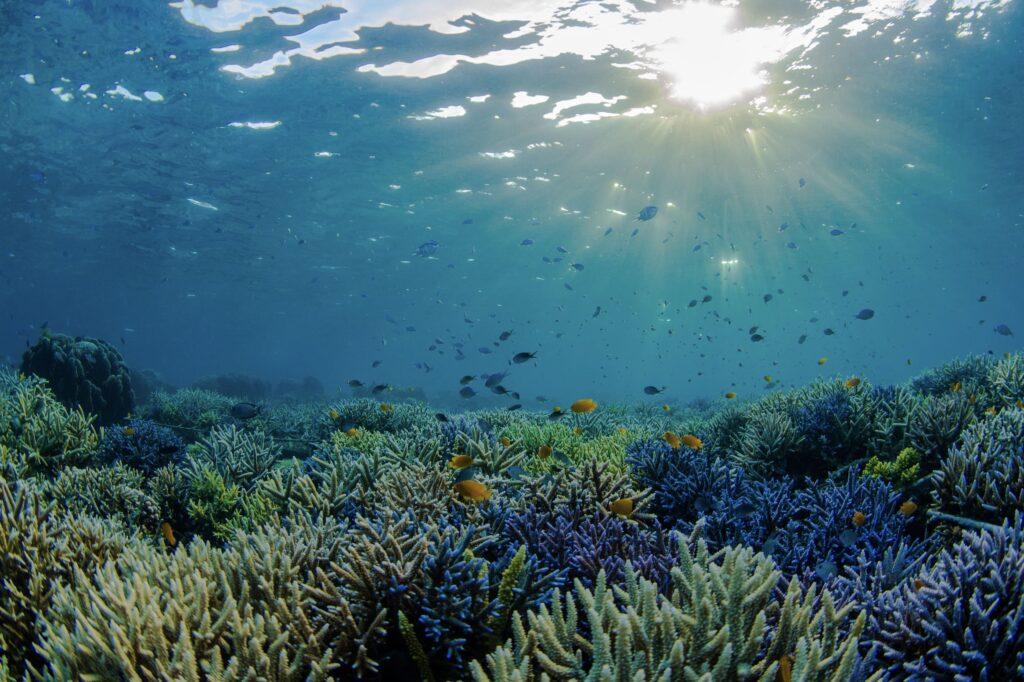Coral reefs, often hailed as the rainforests of the sea, are vital ecosystems teeming with marine biodiversity and supporting millions of people worldwide. However, these underwater wonderlands face unprecedented threats from climate change, pollution, and destructive fishing practices. In response, scientists and conservationists are pioneering innovative restoration techniques aimed at reviving damaged reefs and preserving their ecological functions. This article explores the latest developments in coral reef ecology and restoration efforts, shedding light on the challenges and breakthroughs shaping the future of these fragile marine habitats.
Coral Reef Ecology Reveals Fragile Balance in Marine Ecosystems
Coral reefs stand as one of the most complex and diverse marine habitats, yet their survival hinges on an intricate web of environmental and biological factors. The delicate symbiosis between corals and their algal partners, known as zooxanthellae, is critical to sustaining this biodiversity hotspot. Disruptions such as rising sea temperatures, ocean acidification, and pollution can rapidly destabilize this relationship, leading to mass bleaching and mortality events. Recent studies highlight how even minor changes in water chemistry or temperature can cascade into broader ecosystem consequences, threatening not only marine species but also the human communities that depend on them.
Key contributors to coral reef health include:
- Water temperature stability
- Clear, low-nutrient water conditions
- Balanced herbivore populations to control algae overgrowth
- Healthy fish diversity that supports reef resilience
Maintaining this balance requires a multifaceted approach, combining active restoration efforts with stringent protection measures. Emerging restoration techniques, such as microfragmentation and selective breeding for heat-resistant corals, show promise but also underscore the fragility of these ecosystems. The following table compares natural reef conditions with degraded reef states to illustrate the stark differences in ecological function:
| Aspect | Healthy Reef | Degraded Reef |
|---|---|---|
| Coral Cover | 60-70% | 10-20% |
| Fish Diversity | High (over 500 species) | Low (under 200 species) |
| Algae Presence | Low | High, dominates substrate |
Innovative Restoration Techniques Offer Hope for Damaged Reefs
Marine biologists and conservationists are pioneering a variety of cutting-edge methods to restore coral ecosystems ravaged by climate change, pollution, and overfishing. One promising approach involves microfragmentation, a technique that accelerates the growth of hard coral species by breaking them into tiny pieces, allowing them to recover up to 25 times faster than traditional methods. Additionally, the use of 3D-printed reef structures mimics natural habitats, providing durable and customizable platforms for coral larvae to settle, enhancing survival rates dramatically. These innovations are complemented by underwater robots that assist in monitoring reef health and planting coral fragments in hard-to-reach areas.
- Microfragmentation: Speeds coral growth by stimulating rapid regeneration
- 3D-Printed Reefs: Custom-built frameworks that replicate complex reef architecture
- Autonomous Underwater Robots: Precision coral planting and real-time ecological monitoring
| Technique | Benefit | Marine Impact |
|---|---|---|
| Microfragmentation | Faster coral growth | Enhanced reef density |
| 3D Printing | Habitat authenticity | Improved biodiversity |
| Robotics | Efficient restoration | Minimized human disturbance |
Experts Urge Immediate Policy Action to Protect Coral Habitats
Marine biologists and environmental policy makers alike emphasize that preserving coral ecosystems demands swift governmental intervention. With rising ocean temperatures and acidification accelerating reef degradation, waiting any longer could lead to irreversible biodiversity losses and economic impacts on communities dependent on these natural resources. Experts advocate for the implementation of targeted marine protected areas (MPAs), stricter regulations on coastal development, and enhanced funding for reef restoration projects as immediate priorities.
Key recommendations include:
- Expanding no-fishing zones to reduce stress on vulnerable species
- Incentivizing sustainable tourism to minimize habitat disturbance
- Promoting local community engagement in reef monitoring and protection
- Mandating stricter controls on pollution runoff from agriculture and industry
| Action | Expected Outcome | Timeline |
|---|---|---|
| Establish new Marine Protected Areas | Habitat recovery and species protection | 1-3 years |
| Regulate coastal pollution | Improved water quality | 6 months – 1 year |
| Increase funding for coral restoration | Enhanced reef resilience | Ongoing |
The Way Forward
As threats to coral reefs intensify worldwide, the urgency of understanding their complex ecology and advancing restoration efforts has never been greater. While challenges remain, recent scientific breakthroughs and innovative conservation strategies offer a glimmer of hope for these vital marine ecosystems. Continued research, combined with global cooperation and community engagement, will be critical in safeguarding coral reefs for future generations. Nature’s resilience, bolstered by human commitment, may yet turn the tide against degradation and preserve the underwater treasures that support biodiversity and coastal livelihoods alike.
